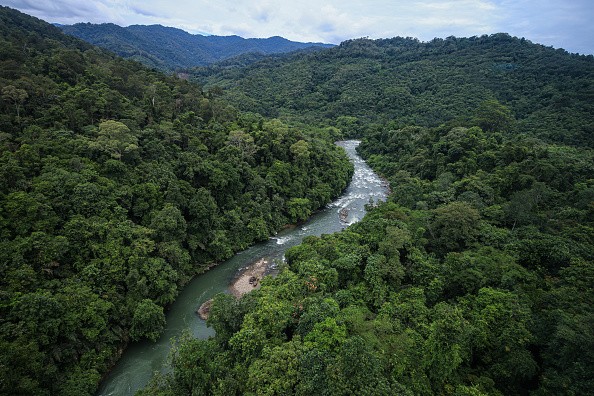New research studied the tropical forests in Africa, the Americas, and Asia. Researchers looked into the health of forests amidst the threat of illegal logging and mining.
The research found that forests in the indigenous lands are ecologically resilient and healthy.
Most importantly, the researchers noted that the said areas' protected forests are the most diverse and functioning.
The research was published in the Current Biology journal and is available to read on the Phys.org website.
Moreover, the findings could help environmentalists, scientists, and governments develop accurate planning, policies, and conservation steps for the forests protected in indigenous lands.

Forests have been instrumental in Earth. It serves as a home for millions of known and unknown species. These provide animals with food sources and a place to reproduce.
According to World Wildlife Fund (WWF), it is important to protect forests. It explained that over 1.5 billion people depend on forests for their livelihood and habitats for biodiversity.
They protect communities from major flooding.
Forests are crucial to absorbing the greenhouse gasses that could cause harmful effects on many countries.
With the world experiencing the worst climate change, forests significantly contribute to mitigating climate change. The WWF added that forests and oceans serve as the world's largest for carbon storage.
Forests in indigenous lands
The study's lead author, Jocelyne Sze, explained that they looked into the indigenous lands about the conservation of forests, noting that future protection policies would be equitable and effective.
Sze is also an ecologist at the University of Sheffield.
The research aimed to inspire others to conduct the same analysis about indigenous lands and conservation management.
According to the study, the researchers looked into different categories to determine the forest's health.
It includes the protected areas overlapping indigenous lands, non-protected lands, indigenous lands, and protected forests that aren't in the indigenous regions.
The study added that they used the forest integrity metric regarding the forests' function, structure, and composition. In this way, the researchers could unveil how resilient the forests have become over many years.
Additionally, it found that forests in the categories of protected areas and indigenous lands showed higher forest integrity.
The researchers added that the Americas had the most lands based on the findings' category.
On the contrary, Africa ranks lowest.
Ultimately, the lead author explained that Asia's indigenous lands and rights could not be recognized.
The indigenous lands in the area are rich in minerals, gas deposits, or oil, which are often exploited.
Deforestation
Although forests are considered to protect the planet, they are still subjected to deforestation and forest degradation threats. The WWF explained that about 47% of worldwide forests are at risk of deforestation and potential degradation by 2030.
Degradation of the forest is also a concern due to the impact of changing weather patterns, climate change, warming of temperatures, and human-caused activities such as mining and illegal logging.
There is a need to develop conservation policies to protect the forest because humans and animals depend on it.
For more similar stories, don't forget to follow Nature World News
© 2025 NatureWorldNews.com All rights reserved. Do not reproduce without permission.





